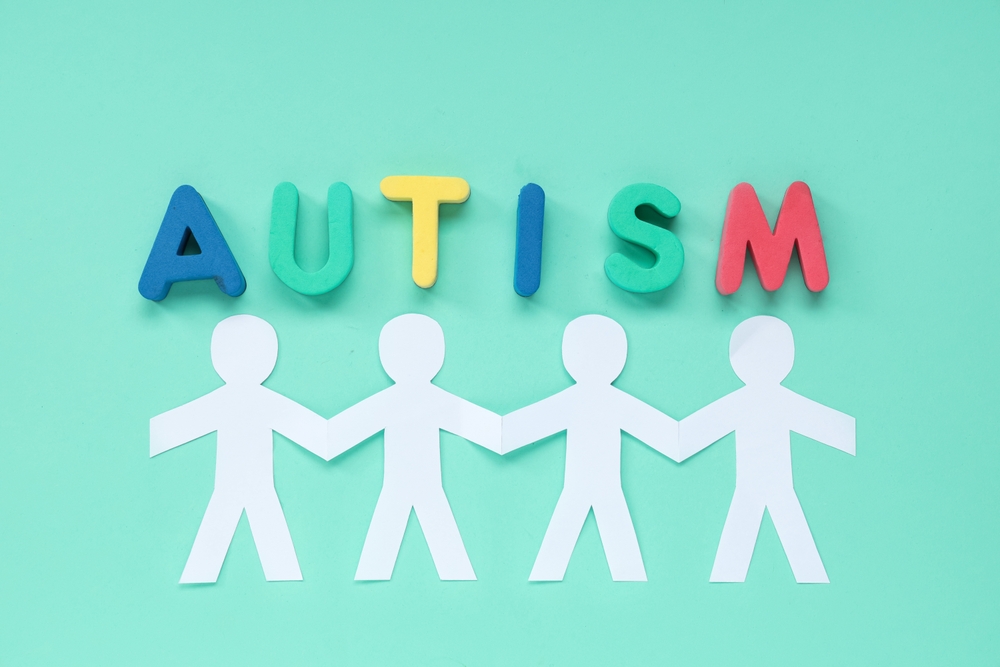Curious about why autism looks different in girls compared to boys? We’ll answer this question in this article and tell you what you need to know.
Millions of boys and girls around the world have autism, but the signs can manifest differently between the sexes. If you are wondering why autism looks different in girls compared to boys, we will break this question down and go through what you need to know, from the expected signs of autism to why it might look different and if ASD is actually less common in girls compared to boys.
Here at the Brain Workshop, we are dedicated to helping you live your best life. If you want to learn more about autism, ADHD, and mental health, have a look at our latest articles on if ASD is a learning disability, the importance of nutrition and brain development, the causes of a short attention span, and how to improve your concentration.
An Overview on Autism

Autism is a disorder that can impact different people in vastly different ways. Many people with autism face challenges regarding non-verbal communication, repetitive behaviours, speech, social skills, and more.
However, there is no one size fits all, as some individuals with autism can lead relatively normal lives, while others require additional support in aspects of their lives. Like ADHD, there are many successful people with Autism – like Anthony Hopkins, Susan Boyle, Greta Thunberg, and so many more.
It is important to know that while autism can be incredibly varied, there are a number of common comorbidities to consider. Things like sleep disorders, gastrointestinal disorders, anxiety, and depression are all common disorders that many autistic people will have alongside autism. This can pose additional challenges.
Common Signs of Autism
There are numerous signs of autism to be aware of, and they can all be present in varying degrees in any individual. Where some autistic individuals will have extreme anxiety, others will have little to no anxiety, and the same goes for the importance of routines, or the strength of reactions to unpleasant stimuli.
Regardless of how ‘big’ a reaction is or how much or how little an autistic person experiences any particular trait, it’s important to remember that everyone is on their own journey. We are all unique, and we will all experience the world slightly differently.
Primary signs of autism in adults:
- Enjoying having a routine and becoming anxious when that routine changes
- Taking things literally (this is especially common with phrases and sarcasm)
- Difficulty stating how you feel
- Coming off as uninterested, rude, or blunt regarding what others are saying
- Anxiety due to social situations
- Difficulty understanding what other people might be feeling or thinking
- Preferring to be on your own or finding it challenging to make friends
Additional signs of autism to look out for:
- Disliking or getting upset when other people get too close to you or touch you
- Having selected, very keen interests in particular activities or subjects
- Frequently noticing details that others don’t, such as patterns, sounds, or smells
- Planning events or activities thoroughly before you do them
- Having a strong dislike for particular sounds, smells, textures, or tastes
- Often getting too close to people
- Difficulty holding eye contact
- Trouble understanding common social or societal rules
Why Autism Looks Different in Girls Compared to Boys

If you are wondering why autism looks different in girls compared to boys, it’s important to remember that the vast majority of research on autism has been done with boys. This means that we have a limited understanding of how ASD can manifest in women and girls, with signs often being more subtle, which can make it more difficult to recognise.
Recognising the signs and diagnosing autism in women and girls is more challenging compared to seeing the signs in men and boys. This is primarily due to the fact that women and girls have a tendency to be good at copying the behaviours around them as they grow up in order to effectively ‘fit in’. With boys, they are less likely to try and mask their behaviours and model themselves after the subtle behaviours that go on around them, largely due to the attitudes, gender expectations, and social pressures.
One common area we tend to see these social pressures and gender expectations lies in the special interests that autistic individuals tend to have. It is more common for women and girls to have special interests that are more ‘acceptable’ for them to have, such as cosmetics or cooking, and this can hide the fact that the topic is a special interest. While this is not always the case, as we see women with special interests in all kinds of things just as we do in men, this can contribute to why autism can look different, and why it might be diagnosed less.
Overall, you can expect most autistic women to:
- Show fewer repetitive behaviours
- Hide their feelings and be quieter
- Copy people without autism and ‘fit in’ better
- Seem to handle social situations better
As a whole, you can expect low-need girls with autism to rely on others to speak for them or guide them and have tendencies to choose to act in a way that others deem to be very passive, quiet, or shy. It’s also common for comorbidities such as anxiety or epilepsy to play a role in her life.
Is Autism Less Common in Girls?

Research has shown that autism is more common in boys compared to girls, with the most widespread figure being that boys are four times more likely to have it than girls. However, there has also been research to suggest that the more accurate number is a three-to-one ratio, due to the fact that ASD is more masked in girls, and therefore harder to diagnose.
Why is Autism Under Diagnosed in Women and Girls?
It is believed that some possible reasons for why ASD is more common in boys than it is in girls is due to hormonal effects related to sex differences (such as foetal testosterone levels) or genetic links and familial patterns, which might be ‘protective’ in females.
Not only that, but it’s worth noting that the way we diagnose autism has been refined over the years. Now, more subtle traits are taken into account and go towards a diagnosis. The testing that has been used has also shown to be an inherent bias for the autistic patterns that we see in boys, which will result in fewer diagnoses in female counterparts.
Finally, the social pressures and sex differences will also come into play, where the autistic signs that girls express are often unique to boys, and their social pressures lead to their traits being masked. Although more research is required to understand this complex topic, the ability to mask is believed to be stronger in girls, which again, will camouflage their ASD.
It’s interesting to note here that many studies looking at autism in relation to male vs female have stated that the research was done based on assigned sex at birth. However, there are more significant gender and sexual identity variations among autistic people, which could impact the results.
Get in Touch With the Brain Workshop

Autism impacts many people around the world, and everyone’s experiences will be unique. However, the differences between ASD in men and boys vs women and girls is a fascinating topic that demands more research for us to fully understand. With the current research we have, however, it is our understanding that girls, on a whole, have an improved ability to mask autistic traits due to gender and societal pressures, sex differences, and genetic links, which can make them more difficult to diagnose.
Now that you know why autism looks different in girls compared to boys, what are your views on the matter? Has this information come as a surprise, or did you expect as much?
If you would like to learn more, please don’t hesitate to contact us and find out more about our programs, assessments, results, and success stories. If you want to find out more about ASD, why not have a look at our blogs on how to parent a child with ADHD and autism, or the difference between Asperger and autism?






